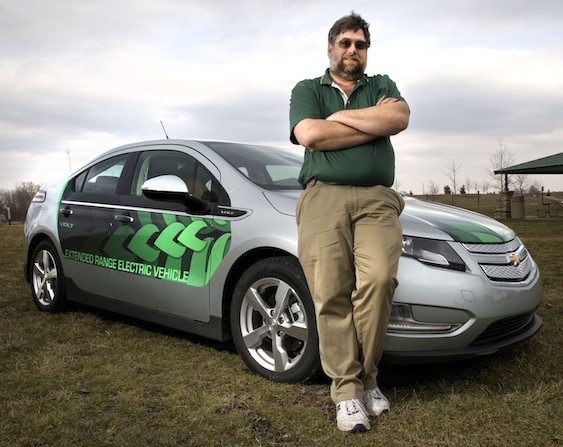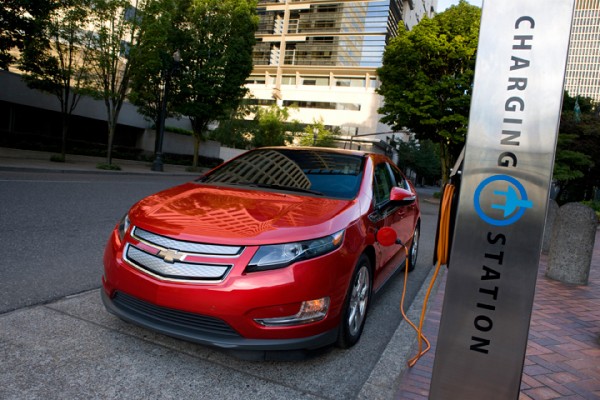With fuel prices on the rise this summer, we thought we would share some tips that will make your tank of gas last a little longer.
1. Avoid High Speeds- As your speed increasees, your drag increases. Driving 62 mph vs. 75 mph will reduce fuel consumption by about 15%.
2. Do Not Accelerate or Brake Hard- By anticipating the traffic and applying slow steady acceleration and braking, fuel economy may increase by as much as 20%.
3. Keep Tires Properly Inflated- Keep tire air pressure at the level recommended by your vehicle manufacturer. A single tire under inflated by 2 PSI, increases fuel consumption by 1%. Another option would be inflating your tires using Nitrogen. Nitrofill is a great way to keep your tires properly inflated while extending the life of your tires as well.
4. Use A/C Sparingly- When the air conditioner is on, it puts extra load on the engine forcing about 20% more fuel to be used. The defrost position on most vehicles also uses the air conditioner.
5. Keep Windows Closed- Having windows open, especially on the highway, increases drag and decreases fuel economy by about 10%.
6. Service Vehicle Regularly– Proper maintenance avoids poor fuel economy related to dirty air filters, old spark plugs or low fluid levels.
7. Use Cruise Control- Maintaining a constant speed over long distances often saves gas.
8. Avoid Heavy Loads- Remove the sand bags from your truck in the spring and pack lightly for long trips.
9. Avoid Long Idles- If you anticipate being stopped for more than 1 minute, shut off the car. Restarting the car uses less fuel than letting it idle for this time.
10. Purchase a Fuel Efficient Vehicle- When buying a new vehicle, examine the vehicles rated fuel efficiency. Usually choosing a small vehicle with a manual transmission will provide you with great fuel economy.
General Motors offers a great selection of fuel efficient vehicles at affordable prices. The all new Chevrolet Volt, Chevrolet Cruze, Chevrolet Aveo, Chevrolet Malibu, Chevrolet Impala, Buick Regal are all great options when looking for a fuel efficient car.



